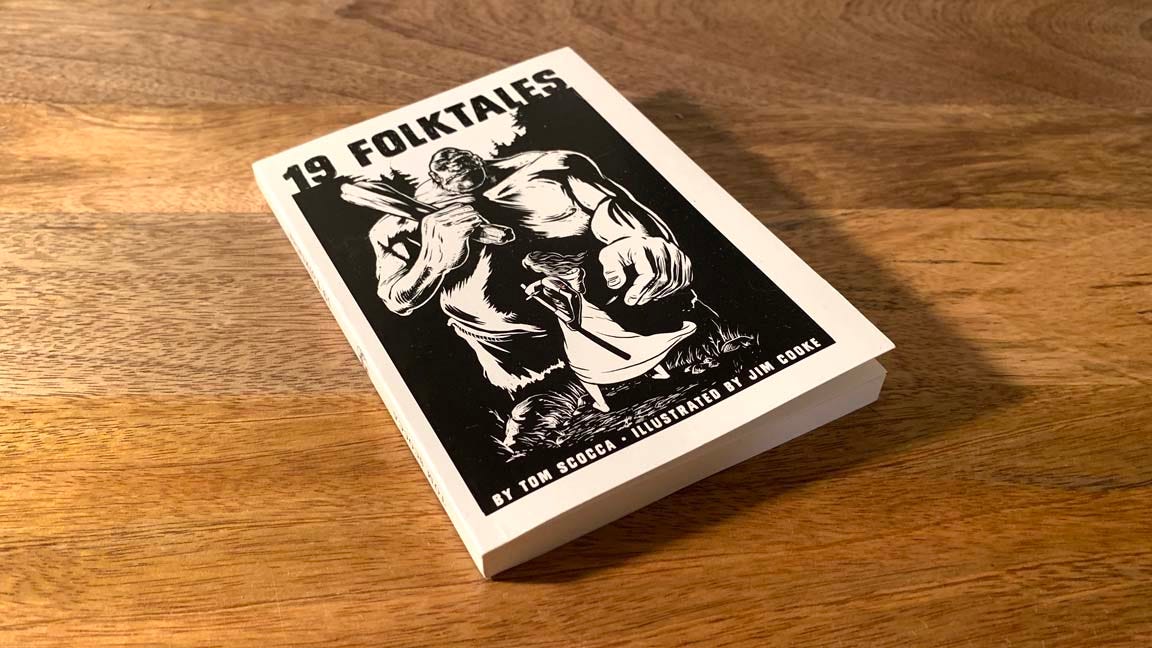Tinfoil Won't Protect You
I WAS GETTING ready to cook some ribs in the oven, so I got out the heavy-duty Reynolds Wrap to line the pan with. The pan is not quite 30 years old, if I remember its history correctly, and it looks three times that age. It used to have some sort of nonstick coating, but that peeled off at least 25 years ago, leaving the underlying cheap steel to get scratched and blackened and, if water sits in it for any amount of time, rusty.
Unfortunately, despite being completely unsuitable to eat food out of, it's the perfect size and weight for roasting and broiling things in. I tried to replace it a while ago, and when I got the would-be substitute pan home, I discovered it was just a little smaller—not quite roomy enough for eight chicken thighs—and, worse, that the fine print on the label said it shouldn't be used under the broiler. Also its own nice new coating got scratched immediately.
Meanwhile all the glass pans are broken, and before they got broken they were too heavy. So I keep lining the cruddy old pan with clean heavy-duty foil.
As I unrolled the foil, though, a blemish in the smooth surface of it caught my eye. A whole string of blemishes, really. Something had stabbed the brand-new roll of foil, leaving a trail of scratches and pinholes down the middle of it.
I was dismayed but not surprised. This was the second roll of foil to have been dinged up this way. The first time, I almost convinced myself that I had somehow stabbed the foil through my own rough handling. I couldn't imagine what I'd done—thrown a knife in the foil-and-wrap drawer instead of the next drawer over with the other knives?—but how else would a fresh or nearly fresh roll have been damaged? I doubled it up, reversing the pan so the rows of pinholes wouldn't align, and felt bad when the grease seeped through anyway. At least it would get me through the bad roll twice as fast.
Now, though, here was a new roll with exactly the same problem. I might be able to believe I'd ruined one roll in an unnoticed freak accident, but not two in identical unnoticed freak accidents. Whatever happened to it had happened before the roll was sealed in the box at the factory by Reynolds Consumer Products.
Nor were the pinholes even the first thing that had gone wrong with the Reynolds Wrap. A while back, I opened up a roll of heavy-duty foil—the standard product, 18 inches wide and 37.5 square feet—and started lining the pan, only to realize the foil was too fragile and floaty for the job. Somehow, Reynolds Consumer Products, a member company of Auckland, New Zealand's Rank Group Limited, had shipped a roll of extra-long regular-weight foil in a heavy-duty foil box.
Our world is shoddy and unreliable, top to bottom, yes. More or less everything is a ripoff (including the markup from the grocery delivery company on the heavy-duty Reynolds Wrap). There's a reason why "You had one job!" is the refrain of the 21st century so far.
But aluminum foil is for solving problems. When I was in Boy Scouts, my companions in the Spider Patrol and I all hated washing pans, so we developed an entire cuisine around wrapping things in foil—potatoes, vegetables, submarine sandwiches with mozzarella—and tossing them into the fire. The foil was durable, adaptable, and forgiving. If you unwrapped it carefully, you could eat straight out of it and you wouldn't have to wash any plates, either.
Now, as a middle-aged adult, in my own kitchen, I was betrayed by this standard technology from a standard household brand. When the aluminum foil company can't even make a roll of aluminum foil that does the basic duty of aluminum foil, there's really nothing left you can trust.
WEATHER REVIEWS
Aberdeen, Maryland, to Washington, D.C., to New York City, June 11, 2023
★★ The cat banged her tail against the rod of the blinds as she stared out at the birds. A cardinal, luminous in the sun, landed next to two drab little finches, near the cardinal-shaped bird feeder. Southbound traffic on the highway came to a halt under ever-heavier haze, just before the urgently needed rest stop. The trees and brush on the median looked like a possible alternative, but the risk of someone speeding down the shoulder was too great. Things were grayer and milder in D.C. Green dandelion leaves spread over tan exhausted grass beside Connecticut Avenue. It would have been good weather for moving slowly in, if the clock hadn't been so insistent. A nacreous irregular halo surrounded the sun over Baltimore on the way back. Vultures circled all along the route, one with a notch where a primary feather was missing, and dead deer were strewn along the roadsides, in numbers and individual bulk. Two vultures had settled on the one on Route 22 by the cemetery, shifting position only a little as the car went by. A group of bikers throbbed their way north in the left lane of I-95, in fully matching gear. Droplets of accumulated aphid honeydew sparkled on the windows of the formerly immaculate, brand-new rental Corolla. Amber light from the descending sun fluttered in the bouncing side mirror of a semi. There was no good angle to see the color directly from the driver's seat, and save for a late wash of pink off to the left, the arrival of evening was mostly a matter of the taillights becoming more and more salient. The gas station attendant who topped off the tank at the last rest stop in New Jersey squeegeed the aphid drippings off the windshield. Bright, hideous flames bloomed from the oil refinery beside the final stretch of the Turnpike. A yellow traffic light on Amsterdam Avenue gave way to a whole string of greens, stretching off into the distance uptown. Someone's air conditioner was dripping on the front stoop, unnecessarily. The city's night air was soft and relaxing, and the bad smells were neatly localized.
EASY LISTENING DEP’T.
THOUGHT DEP’T.
Do you have a thought? Send it to indignity@indignity.net.
MARKETING DEP'T.
Thanks for reading INDIGNITY, a general-interest publication for a discerning and self-selected audience. We depend on your support!









